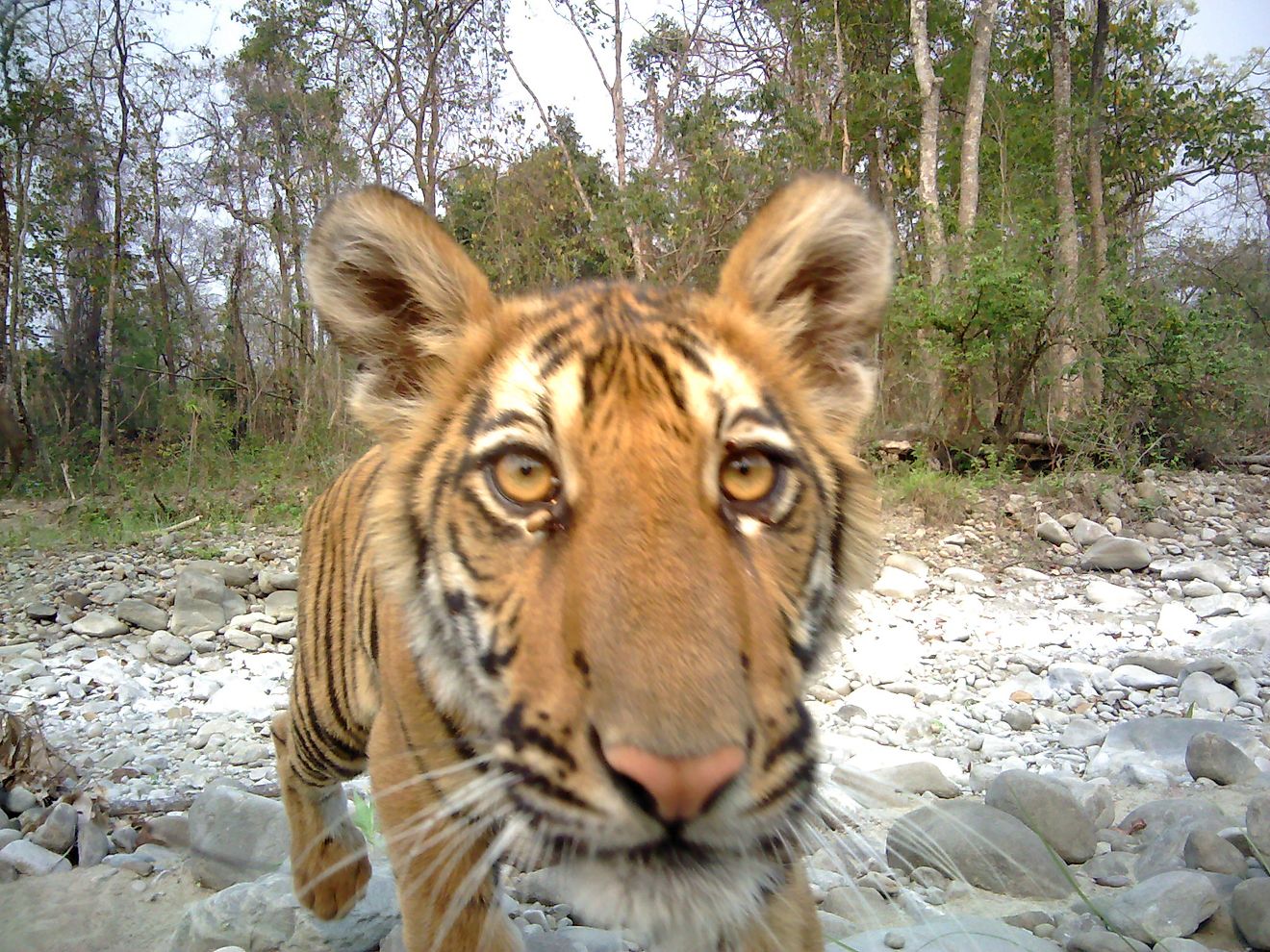What is Thermokarst?

What is a Thermokarst?
A thermokarst refers to the formation of a landscape as a result of the melting of permafrost ground. It is caused by anything that depletes the layer of land vegetation such as natural erosion, deforestation, agriculture, and the construction of buildings. In addition, thermokarsts may also form because of movement of heavy vehicles above a permafrost zone. The size of the thermokarst is directly proportional to the amount of ice underneath the surface of land. The size of a thermokarst depends on the extent and size of the melted ice. In most cases, thermokarsts form in Arctic areas. However, sometimes they may form in mountainous regions like the Swiss Alps and the Himalayas.
Example of a Thermokarst
An example of a large thermokarst depression is the Batagaika crater which is located in East Siberia, Sakha Republic in Russia. It is about 100 meters deep and one kilometer long. The land which formed the Batagaika crater started sinking as a result of the thawing permafrost in 1960s. The forest around it had been cleared and there was great flooding. The crater’s rim is very unstable which often leads to regular landslides. The permafrost beneath the crater still thaws. Furthermore, the crater is still enlarging by each day. Apart from the Batagaika crater, there are other thermokarst lakes in Siberia and tundra environments.
What Does the Formation of a Thermokarst Indicate?
The formation of Thermokarsts points towards several issues. First, it indicates that the climate has become warmer than it was in the past. The rising temperature causes the permafrost to melt and thereby forms a thermokarst. Observations indicate a rise in temperatures in the arctic region to be about 2 to 4◦C. Secondly, thermokarsts point towards an inrease in the precipitation patterns. The increase in temperatures leads to an increase in precipitation. As a result, rainwater and the melted permafrost begin forming small valleys or sinks.
Effect of the Thermokarsts
The melting of the permafrost results into creation of small ponds which may enlarge and become thermokarst lakes. A thermokarst lake forms from the thawed ice. The lake dries up in case thawing continues, leaving a depression in its place. Another effect of the melting of water underneath the earth’s surface is high risk of collapse. The collapse leads to formation of a landscape whose features are sinkholes, hummocks, caverns, and tunnels. Such a landscape is referred to as a thermokarst terrain or thaw settlement.
How to Cope in an Area with High Tendencies of Thermokarst Formation
Most people who live in thermokarst prone areas prefer to build their houses on stilts. It helps in the prevention of melting of the ice. According to a study by the University of Alaska Fairbanks researchers, most of the globes northern permafrost regions are prone to having thermokarst landscapes. It should be noted though that thermokarsts have a negative effect on the environment. Thawing results in the release of greenhouse gases like methane and carbon dioxide.
Hence, thermokarsts are a fabulous land formation story, but they are harmful too. The frequent landslides and air pollution make them harmful to the environment.











